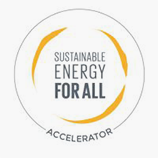Benchmarking Program
Objective

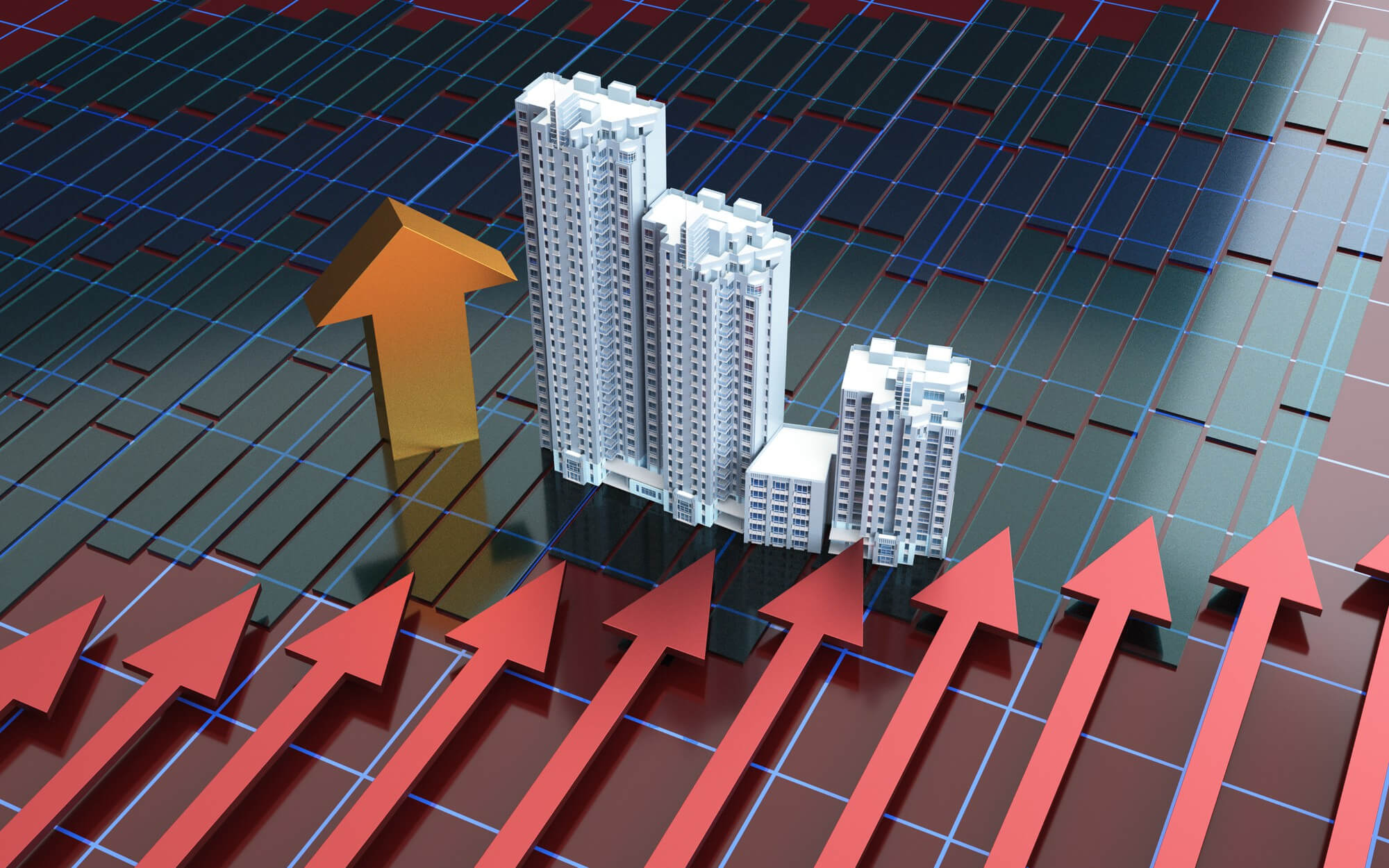
Building Efficiency Accelerator
Dubai’s Commitment to the BEA
In 2016, Dubai, with the Dubai Supreme Council of Energy (DSCE) as the BEA City Representative, became the first city in the Middle East to sign and commit to the BEA among 35 other cities. Emirates Green Building Council (EmiratesGBC) was appointed as the BEA City Liaison by DSCE to provide support for the BEA objectives and lead the selected demonstration project.
Demonstration Project: Benchmark the energy performance of at least 100 buildings in Dubai on select building types (hotels, schools and shopping malls).
Project Results

A total of 121 properties from the UAE submitted data for the project with 103 properties located in dubai. The participating Dubai properties represent:
- 10% of the total number of hotel establishments;
- 9% of the total mail and shopping centres;
- 10% of the total number of private schools in dubai
- cumulative Gross Conditioned Floor Area of 5.6 sq km
Hotels

- A median hotel in Dubai consumes 252 kWh/m2/year of energy and 1,486 litres /m2/year of water.
- A median resort in Dubai consumes 334 kWh/m2/year of energy and 1,676 liters/m2/year of water.
- Older hotels and higher star-rated properties are both likely to consume more energy and water per unit area.
Best vs Worst Performers
Overall, best performers consume
58% less energy
per area than worst performer
Best hotel perfomers consume
65% less water
per area than worst performer
Best resorts performers consume
78% less water
per area than worst performer
Schools
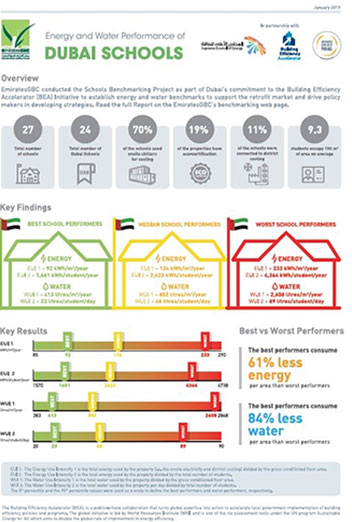
- A median school in Dubai consumes 134 kWh/m2/year of energy and 852 liters/m2/year of water.
- Newer schools are likely to consume more energy and water per unit area.
- Higher KHDA rated schools are likely to consume less energy per unit area.
Best vs Worst Performers
Overall, best performers consume
61% less energy
per area than worst performer
Best hotel perfomers consume
84% less water
Malls
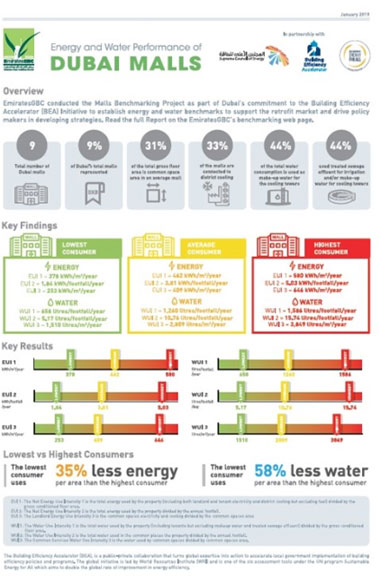
- A median mall in Dubai consumes 465 kWh/m2/year of energy and 1300 liters/m2/year of water.
- Over half energy ,on average,was consumed by the mall tenants with the remaining energy consumption split between the cooling and common areas.
- Comparisons to international benchmarks show that a median enclosed mall in Dubai consumes 57% more energy per unit area than a median enclosed mall in US.
Lowest vs Highest Consumers
The lowest consumer uses
35% less energy
per area than the highest consumer
The lowest consumer uses
58% less water

Hotel Benchmarking
Benchmarking Program

2019 Building Efficiency Accelerator Project Benchmarking Report
- A median hotel in Dubai consumes 252 kWh/m2/year of energy and 1,486 litres/m2/year of water.
- A median resort in Dubai consumes 334 kWh/m2/year of energy and 1,676 liters/m2/year of water.
- Older hotels and higher star-rated properties are both likely to consume more energy and water per unit area.
Best vs Worst Performers
Overall, best performers consume
58% less energy
Best hotel perfomers consume
65% less water
Best resorts performers consume
78% less water
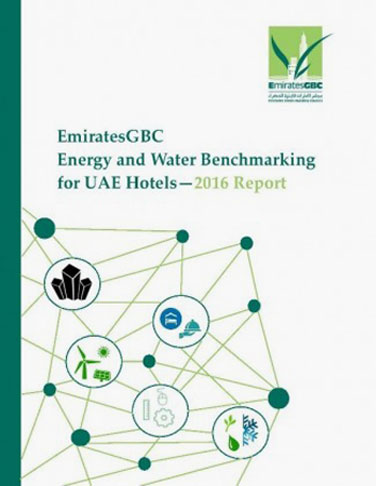
2016 Hotels’ Benchmarking Report
Forty-six hotel properties across the UAE contributed to the 2016 Hotel Benchmarking Report by providing information on the general, physical, and operational characteristics of their property.
- A median UAE hotel has an average normalized EUI of 283 kWh/m2.year
- The median of the normalized EUI per guest-night ranged between 88 and 99 kWh/guest-night
- A median UAE hotel has an average WUI of 136 IG/guest-night.year
Click here for further details.

